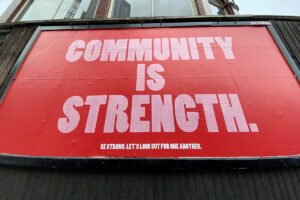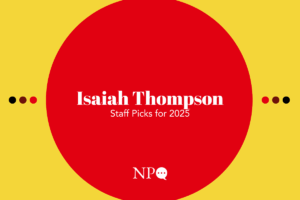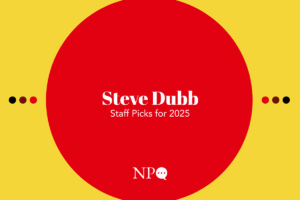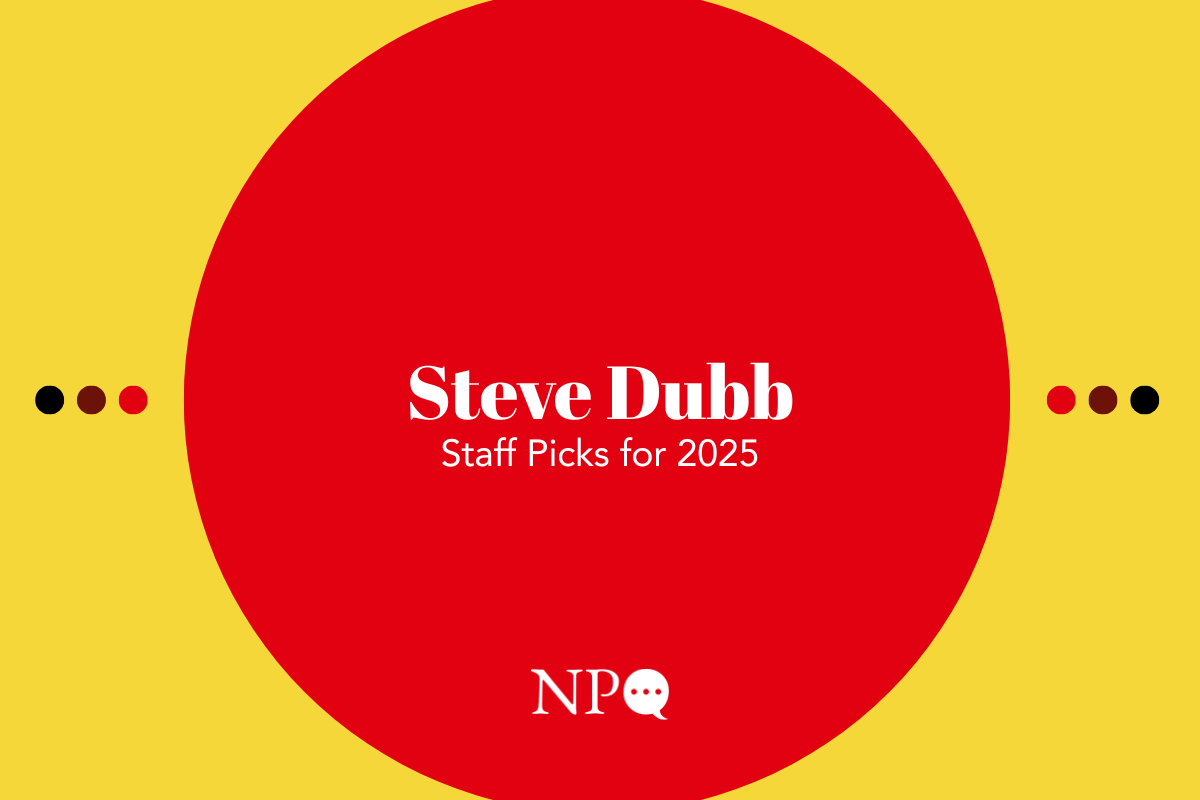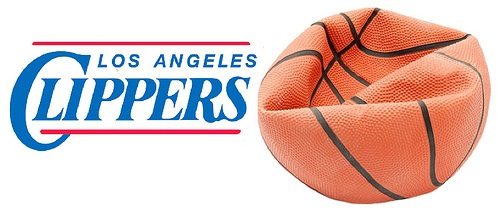
Image Credit: Mike Licht, NotionsCapital.com
April 29, 2014; CNN
There but for the grace of God go I. How many other billionaire owners of sports teams listened to the live press conference of NBA commissioner Adam Silver as he announced his decisions about Donald Sterling, owner of the NBA’s Los Angeles Clippers, in the wake of Sterling’s recorded racist rant? A lifetime ban for Sterling from any participation in the NBA including the team he owns; a $2.5 million fine, the largest possible under league rules, for the billionaire owner; and Silver’s recommendation to the other owners of NBA teams that they force Silver to sell, which requires the assent of three-fourths of the owners.
We can think of one: Dan Snyder, whose ownership of the NFL franchise in Washington, D.C. perpetuates a racist stereotype of Native Americans that many people find offensive. The owner of the team until his death in 1969 was George Preston Marshall, a virulent racist who made sure that the Washington franchise was the last in the NFL to integrate, and even then only because Interior Secretary Stewart Udall and Attorney General Robert F. Kennedy threatened to pull the team’s lease on D.C. Stadium (now Robert F. Kennedy Memorial Stadium) unless he recruited a person of color to play for the team. (Marshall then drafted All-American Ernie Davis from Syracuse University, but because Davis wouldn’t stand for playing for Marshall, he was traded to the Cleveland Browns for Bobby Mitchell.) Marshall, nonetheless, made it to the NFL Hall of Fame. It is a telling historical backdrop for Snyder’s continuing defense of the team’s racially derogatory name.
There are a couple of differences in the circumstances of Snyder and Sterling. Snyder is only using an epithet for his team’s name and racist caricatures for the team’s symbols and mascots, as opposed to calling up a girlfriend to rant about the racial company she keeps. The race that Sterling attacked was blacks, which comprises 76.3 percent of all NBA players. Silver repeatedly referred to the assent of the NBA players’ association in the sanctions he levied against Sterling:
“I talked to several players before rendering my decision…I had a chance to talk directly to Chris Paul (president of the players association). I spoke to other members of the team. I spoke extensively to Doc Rivers, and as I said, Kevin Johnson has been representing the players’ interests, and he and I have been talking multiple times a day,” Silver explained in his press conference. “So I believe the players will be satisfied with the decision and the renderings that we’ve made today.”
Sign up for our free newsletters
Subscribe to NPQ's newsletters to have our top stories delivered directly to your inbox.
By signing up, you agree to our privacy policy and terms of use, and to receive messages from NPQ and our partners.
In the tax-exempt National Football League, almost two-thirds of the players are African American, but in the 2013 Racial and Gender Report Card issued annually by the Institute for Diversity and Ethics in Sport, after whites, Asians, and Latinos, Native Americans playing pro ball in the NFL are in the category of “Other,” which accounts for only 1.8 percent of all players. Whatever the number, it isn’t much, allowing both Snyder and NFL Commissioner Roger Goodell to continue using a racial epithet for the team, knowing that, at least directly, it isn’t insulting a large proportion of NFL players the way Sterling’s vile statements insulted the majority of NBA players, including those on his own team.
Is that the key? It was obvious that Silver had to do what he did; anything less would have been silly in a professional sports league that is dominated by African Americans. But with Snyder and Goodell, because they don’t face mostly Native Americans on NFL teams, are they allowed to get away with perpetuating the racial animus built into the Washington franchise?
It is a sad commentary that Sterling gets his bell rung—rightfully, though decades too late—for having been burned by his alleged mistress, but Snyder goes along his way despite alienating many Native Americans. And please, don’t use the defense that there are tribes that support Snyder’s use of the R-word. It doesn’t work for many in the Native American community who view the Washington franchise’s name as reprehensibly racist.
Note one more injustice in all of this. When Sterling bought the Clippers, then a San Diego franchise, in 1981, he paid all of $12 million. In January, Forbes put the value of the team at $575 million, but commentators discussing what Sterling could walk away with in a forced sale have suggested that $1.5–$2 billion might be a possible sales price if Sterling doesn’t go down a scorched earth path and sue Silver and the NBA from now until the end of time. Forbes puts the value of Snyder’s NFL team at $1.7 billion, almost a billion dollars more than what it was purchased for in 1999. Not even 50 years old, Snyder is unlikely to part with his team any time soon.
As a real estate developer, Sterling was well known—except, somehow, to the NBA—for his unbridled racial discrimination practices in limiting the rental of apartments to blacks and Latinos. In 2009, he paid just short of $3 million to settle a 2006 Justice Department lawsuit due to his refusal to rent to blacks in a development in Los Angeles’ Koreatown and also for turning away families with children. In 2005, he paid nearly $5 million in legal fees and court expenses on top of an undisclosed settlement due to his treatment of black and Latino tenants in a case filed two years earlier by tenants and the nonprofit Housing Rights Center. It would appear that it is more profitable for Sterling, worth $1.9 billion himself, to pay several million dollars to tenants or a $2.5 million fine to the NBA because in the larger scheme of things he’s still making a killing in housing and in the escalating value of the Clippers. The same goes for Snyder, owning an immensely profitable team despite preserving a racial epithet as its name, a silent tribute to the team’s history under George Preston Marshall.
Sadly, in some parts of our society, the purveyors of racism don’t necessarily suffer much in their wallets.—Rick Cohen




